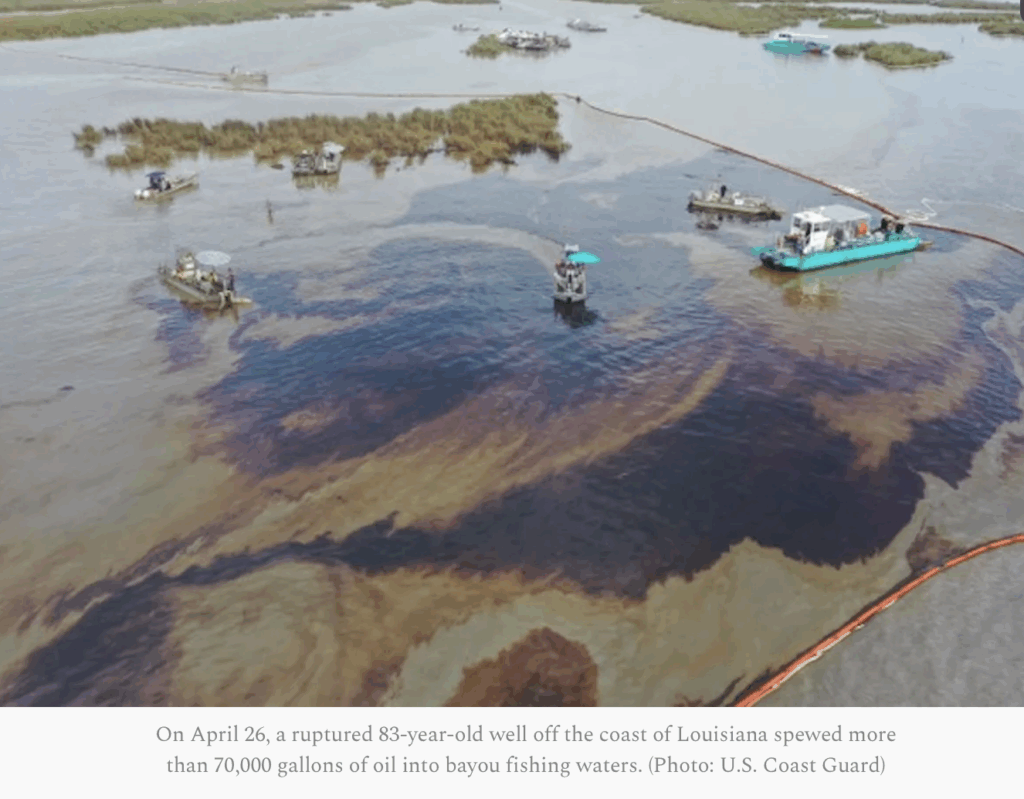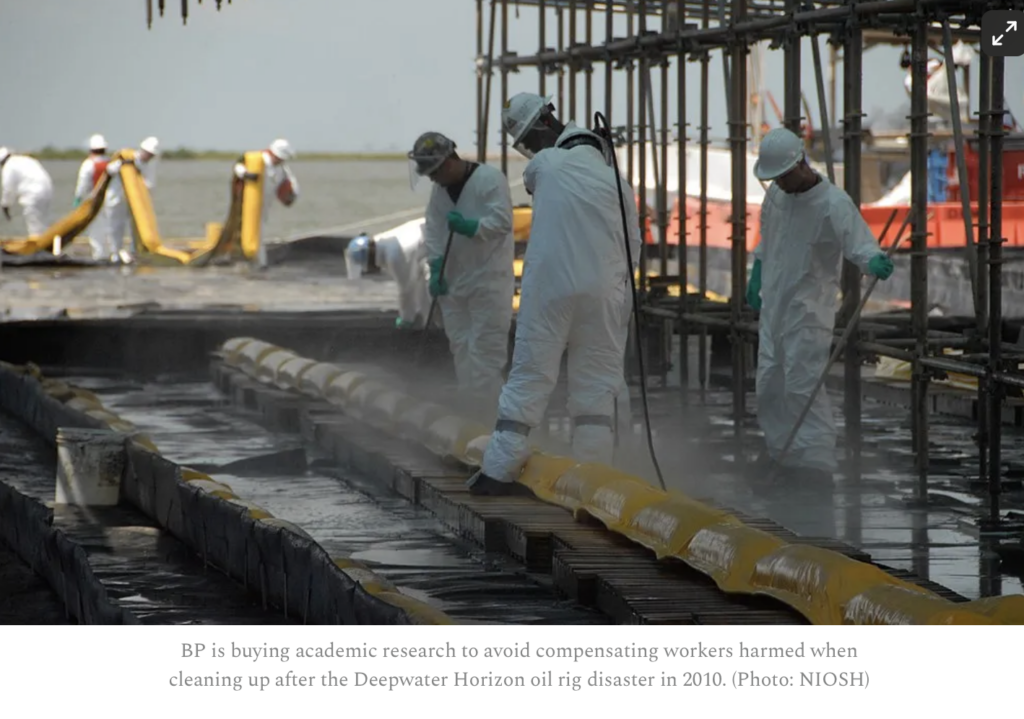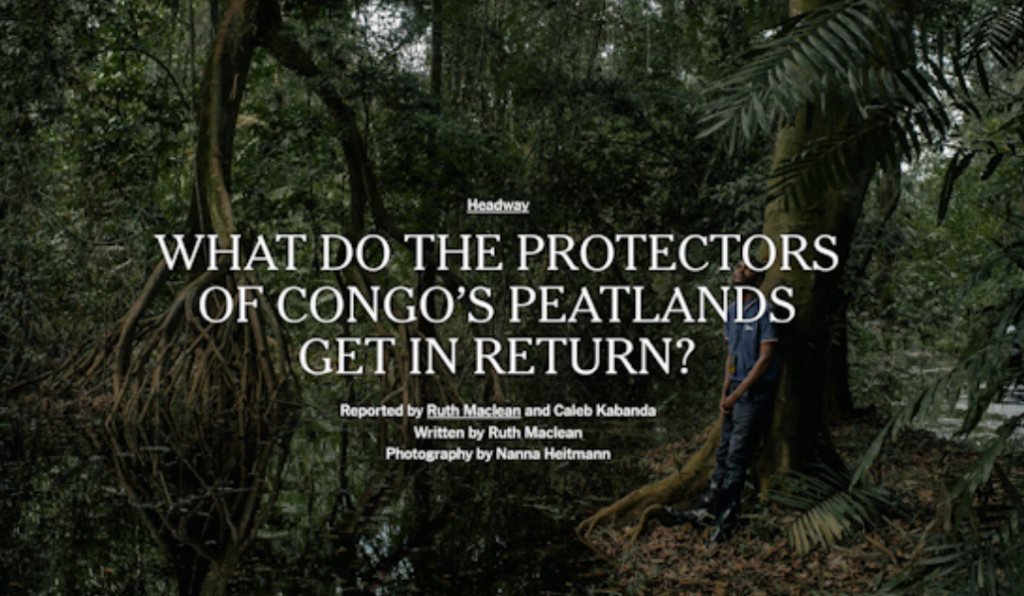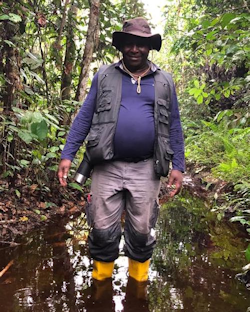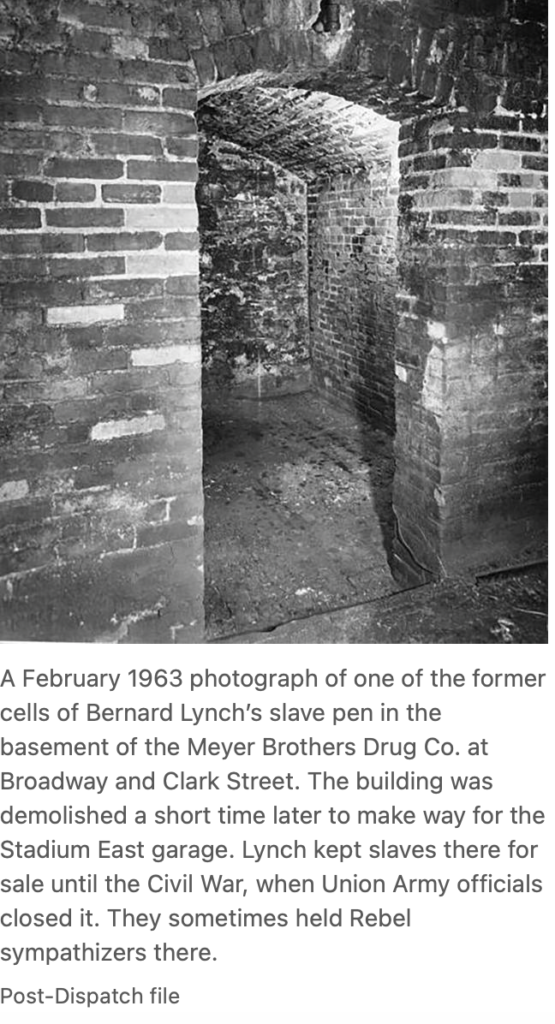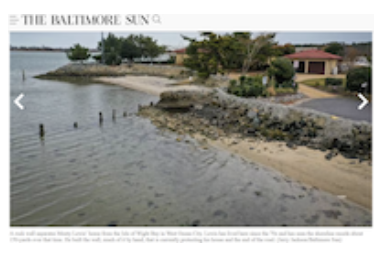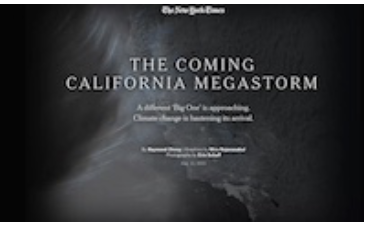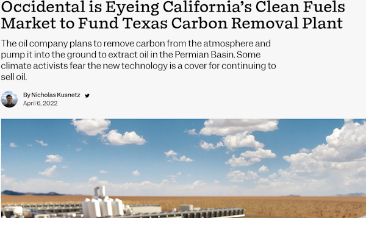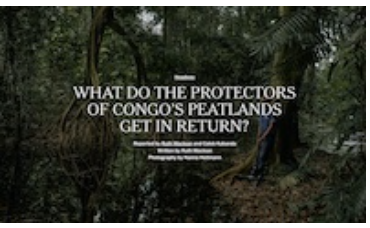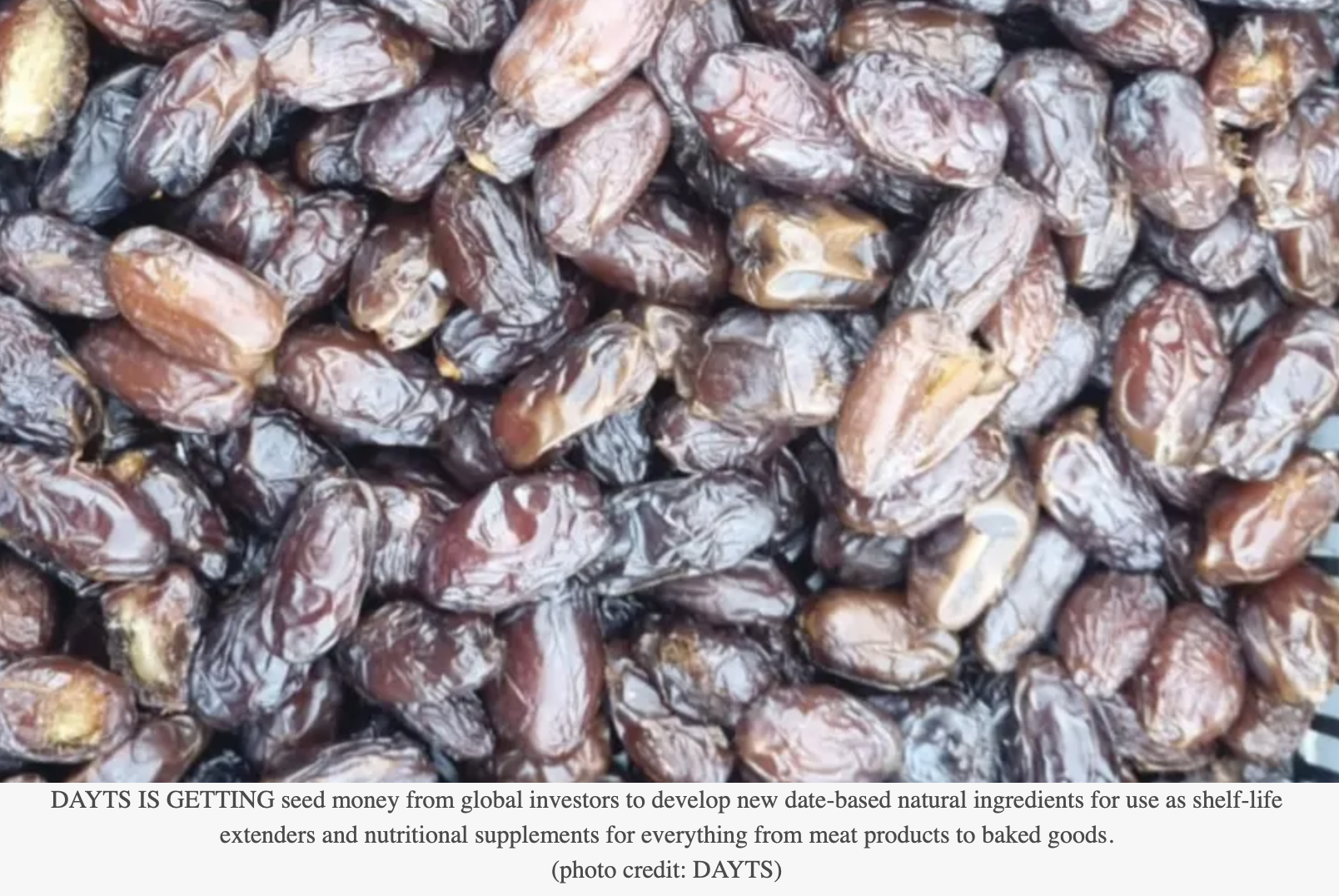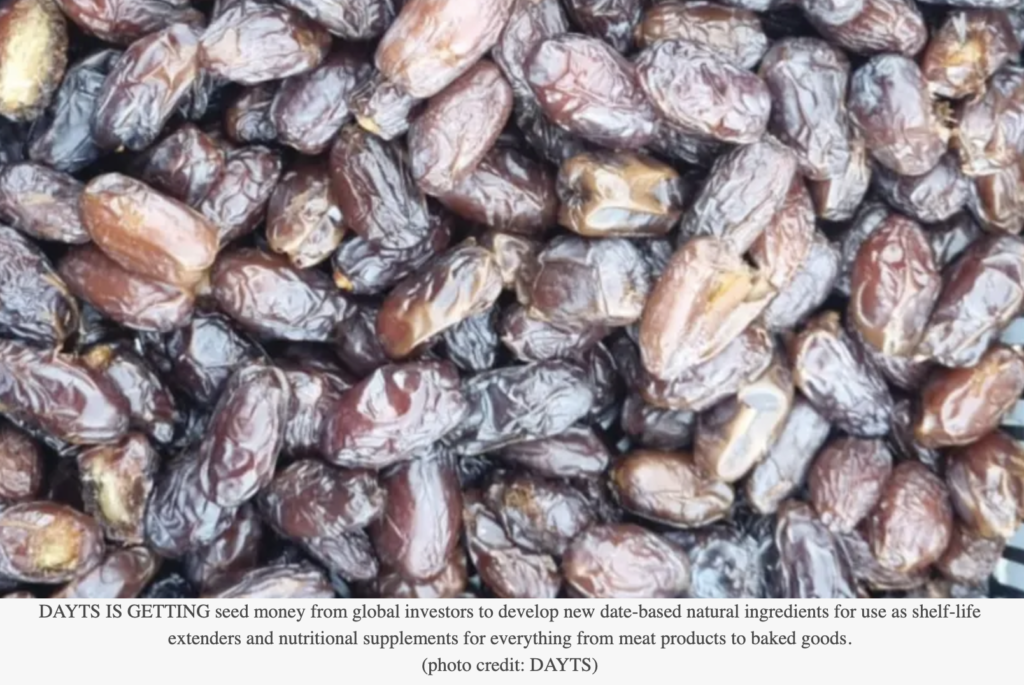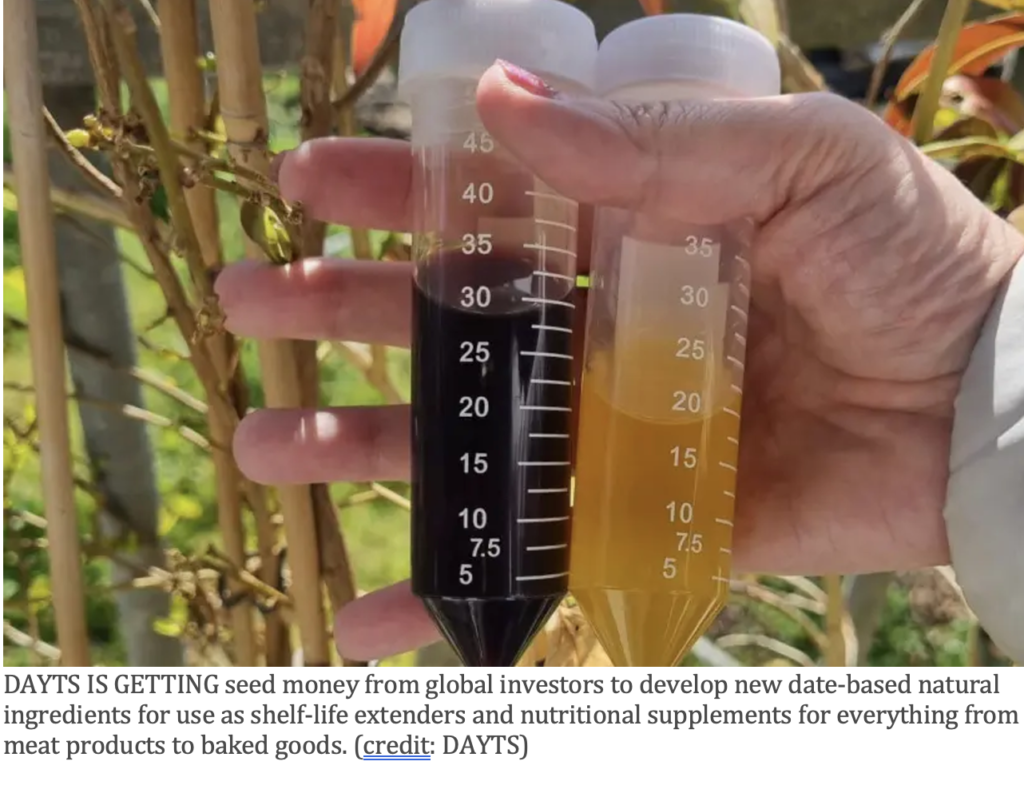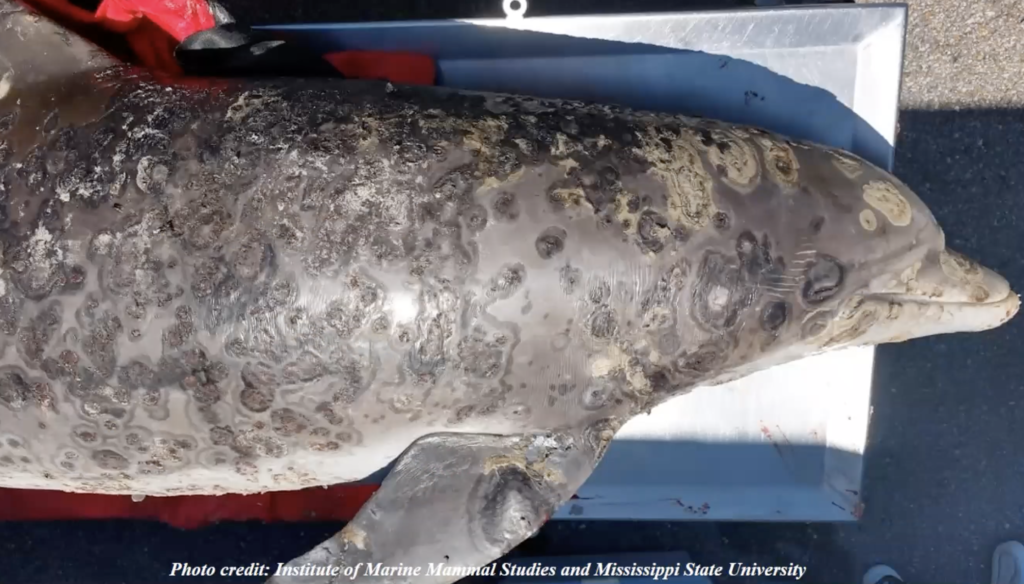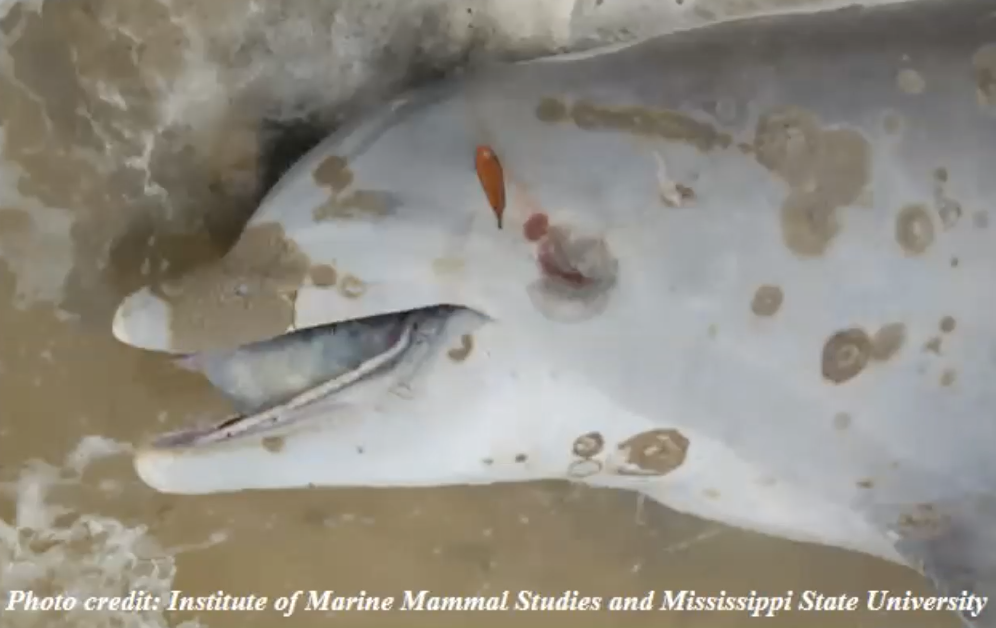Community leader Kindra Arnesen celebrates court ruling against Chevron, halt to Mississippi River diversion project
APR 22, 2025
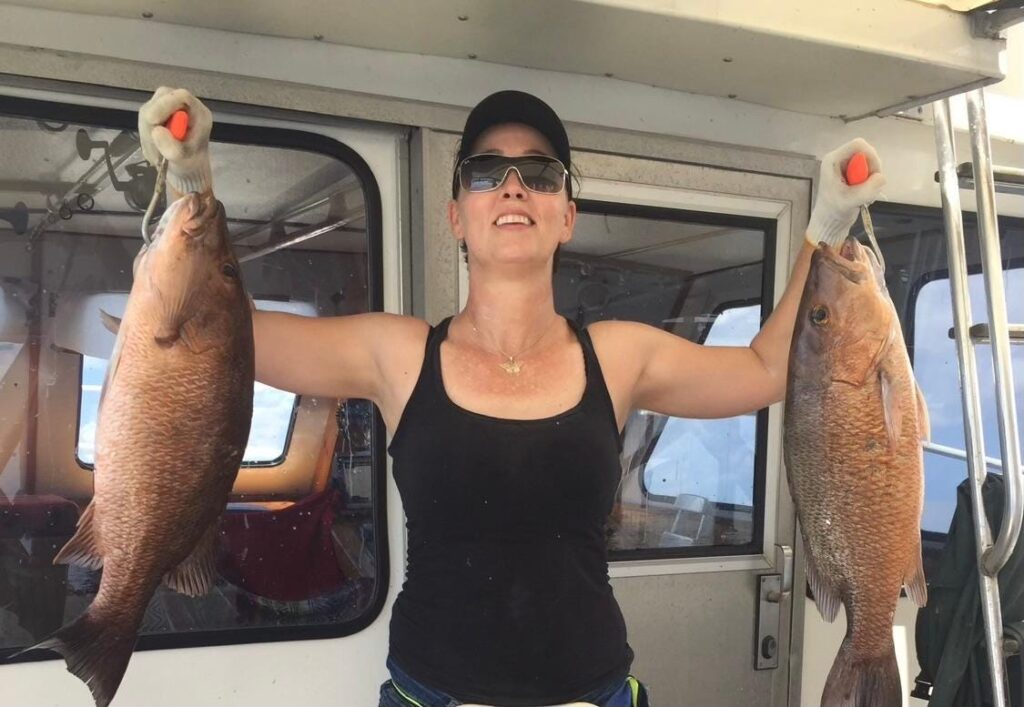
Kindra Arnesen and her Louisiana fishing community have a lot to celebrate this Earth Day. (Photo courtesy of Kindra Arnesen)
Kindra Arnesen and her family have spent their lives fishing for shrimp and finfish in the coastal waters of the Louisiana bayou. She’s proud of the Cajan culture that makes Louisiana seafood famous the world over.
But the scrappy Plaquemines Parish fisher has faced down more than her share of existential threats. First, Hurricane Katrina in 2005, which devastated the entire region. Five years later, the massive BP oil rig disaster, which poisoned the Barataria Bay fishing grounds and sickened her family and neighbors. Then, more recently, a $3-billion, coastal restoration plan to divert the Mississippi River that would imperil the shrimp and oyster grounds that sustain local fishing towns.
Fast forward to earlier this month. Just when all seemed lost, two blockbuster decisions came like bolts out of the blue on the same day, giving the Arnesen family and the rest of the local fishing industry something to celebrate this Earth Day. One was Louisiana Gov. Jeff Landry’s last-minute decision to pause the Mississippi River diversion project, the other was a potentially precedent-setting $744.6-million rulingagainst Chevron by a Plaquemines Parish court.
Both decisions gave Arnesen more confidence that her fishing community will ultimately survive, but it took a long time for her to get there. Locals say it’s unlikely that anyone in her shoes could stand up to the political and corporate forces that oppose them. So far, she has proved them wrong.
Against all odds
Arnesen, now 47, admits that at times it has been overwhelming to take on such daunting challenges. Besides more powerful hurricanes, increasing competition from shrimp imports, and oil industry pollution, the looming river diversion project could have easily delivered a knockout punch to Louisiana’s fishing community, she says. Her family often considered moving out of the bayou to fish somewhere else.
“I couldn’t understand why everyone seemed to want to put us out of business,” Arnesen told Money Trail. “It was like everyone was trying to shut down domestic seafood…. It feels like there’s a global effort to remove wild fisheries.”
The first shock that nearly put her family out of business came from Mother Nature in 2005, when the climate change-turbocharged Hurricane Katrina barreled into the Louisiana coast, smashing into her home town of Buras with a direct hit of 20-foot waves. The storm tossed fishing boats like toys onto the tops of bridges, destroying many of the buildings of Plaquemines Parish, which juts into the Gulf of Mexico along the Mississippi River levees south of New Orleans.
In 2010, Arnesen had to deal with a human-caused catastrophe when BP’s Deepwater Horizon rig blew up 40 miles off the coast, spewing millions of gallons of oil laced with toxic chemical dispersants into local fishing grounds. The disaster was Arnesen’s political wake-up call. She wound up becoming a fishing community leader in its fight over compensation for medical and emotional damages, compensation she says BP will never fully pay.
This decade, Arnesen has had to engage in yet another battle. State politicians had long been planning to use billions of dollars of BP oil spill fines to build one of the world’s largest river diversion projects to flush land-building Mississippi River sediment into the rapidly disappearing marshes of Barataria Bay. Louisiana lost 2,000 miles of coastline since the 1930s and now loses about 29 square miles of coastal land each year. Most of that loss is due to sea level rise, natural land subsidence, and oil and gas operations, particularly the pipeline canals that companies carve into the bayou like spaghetti on a plate.
Coastal fishing communities feared the $3-billion river diversion project would doom their livelihoods. Studies show the flood of polluted river water would alter the marsh saltwater environment and destroy lucrative shrimp and oyster beds, as well as potentially kill off thousands of bottlenose dolphins from deadly skin lesions caused by freshwater flooding. Fishermen and marine mammal scientists were particularly outraged when state officials, with the support of some high-profile environmental groups, successfully lobbied Congress in 2017 to grant the diversion project a waiver from the Marine Mammal Protection Act to allow it to legally injure and kill dolphins.
Many of the environmental groups that lobbied for the waiver are grantees of the diversion plan’s deep-pocketed champion, the Walton Family Foundation. Over the last decade, the foundation has doled out millions of dollars to the Audubon Society, Environmental Defense Fund, National Wildlife Federation, Restore the Mississippi River Delta and other environmental nonprofits. The Walton foundation also has awarded grants to Louisiana news organizations to cover coastal issues, including the river diversion plan. Some of those news outlets published stories and editorialsfavoring the project.
A sea change in the bayou
After years of debate, state and federal agencies greenlighted the diversion project and construction began in August 2023. Earlier this month, however, progress came to a halt when Gov. Jeff Landry, who grew up in the bayou, pulled the plug—at least for now.
Landry, who took office in January 2024 after serving as state attorney general, is no fan of the diversion plan. He questioned the need for a project that is bleeding red ink and facing fishing community lawsuits. On April 4, he announced that he was suspending construction for 90 days while his administration conducts a reassessment, which he suggested could lead to a much more modest version of the plan. “It’s to a point you cannot afford to build the large diversion,” Gordon Dove, head of Landry’s Office of Coastal Activities, told the Fox affiliate in New Orleans.
That was just what Arnesen and her community wanted to hear.
April 4 also was a big day in court for fishing towns across the state. Arnesen spent most of the day at a Plaquemines Parish courthouse waiting to see if a jury would hold one of the biggest oil companies in the world liable for damages. It was the culmination of a 12-year-old lawsuit filed by the parish against Chevron, whose drilling operations ravaged the parish coastline.
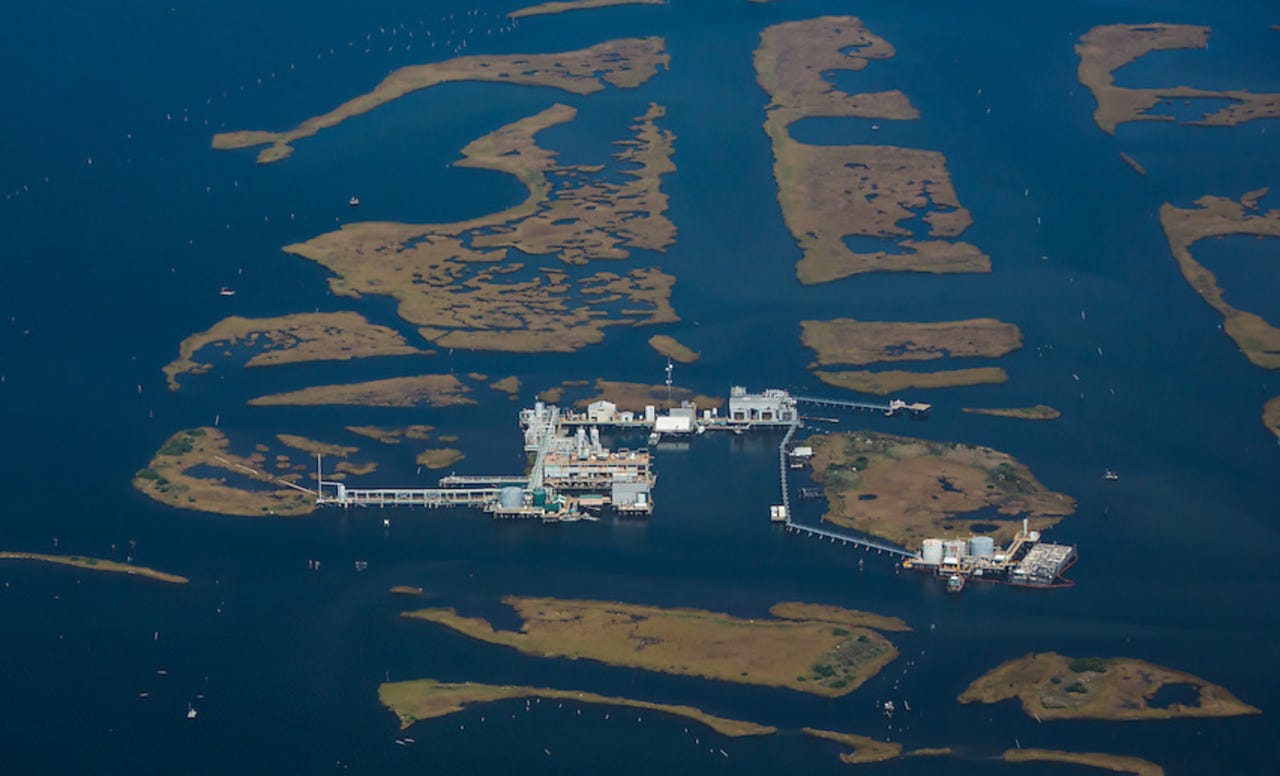
“It was so quiet you could hear a pin drop,” Arnesen said. “Then, when they read the verdict, my friends stood up and broke out crying…. It sends a huge message to the [oil industry] defendants in other suits.”
In its landmark decision, the jury ruled that Chevron violated its original permits requiring the company to restore coastal wetlands that sustained extensive damage to their original condition. The jury awarded Plaquemines Parish $744.6 million, which—factoring in interest—could ultimately reach $1 billion.
A harbinger of things to come?
Michael Gerrard, director of the Sabin Center for Climate Change Law at Columbia University, is one of a number of legal experts who say the court ruling could have a significant impact on other oil and gas damage cases. “This is one of the largest verdicts ever awarded for environmental damage,” he told the Times-Picayune newspaper in New Orleans, “not only in the United States, but globally.”
The decision, which Chevron will likely appeal, should provide a major boost to 40 other damage lawsuits filed by Louisiana parishes against oil companies for allegedly violating their operating permits. It also could bolster the three dozen state, county and city lawsuits against oil companies that allege they deceived the public about the threat their products pose and seek compensation for climate change-related property damage. Two weeks ago, President Trump signed an executive order to try to stymie those efforts to hold the oil industry accountable.
“This [Chevron] case sends an important signal,” said Kathy Mulvey, a climate litigation expert at the Union of Concerned Scientists. “Dozens of communities are stepping up and taking action, … [and] with the backsliding on climate at the federal level, it’s heartening to see local cases pursuing corporate accountability. Louisiana is on the front line.”
That’s exactly where Arnesen has been, and it’s where she plans to be. But she’s not claiming victory just yet. On April 16, the state approved a new $2-billion coastal restoration budget that includes some funding for the diversion project, although officials were mum about restarting construction and hinted that money could be earmarked for other coastal protection projects.
Even if the state cancels the diversion project, Arneson is fully aware that the oil industry, rising seas, and ever more destructive hurricanes will continue to put her and her fishing community at risk. Giving up, however, is not an option. Fishing, she says, is what sustains her and her neighbors.
“I’ve attempted to grow into a person who has a voice,” Arnesen said. “But it’s very taxing to stand in the middle of a burning house. If we don’t do something, we will lose harvested seafood forever.”
Rocky Kistner, Money Trail’s associate editor, previously worked as a reporter and producer at ABC News, the Center for Investigative Reporting, HuffPost, Marketplace and PBS Frontline. He is a board member of the Society of Environmental Journalists, which administered the Walton Family Foundation’s coastal reporting grants to the Times-Picayune/New Orleans Advocate until this year.
